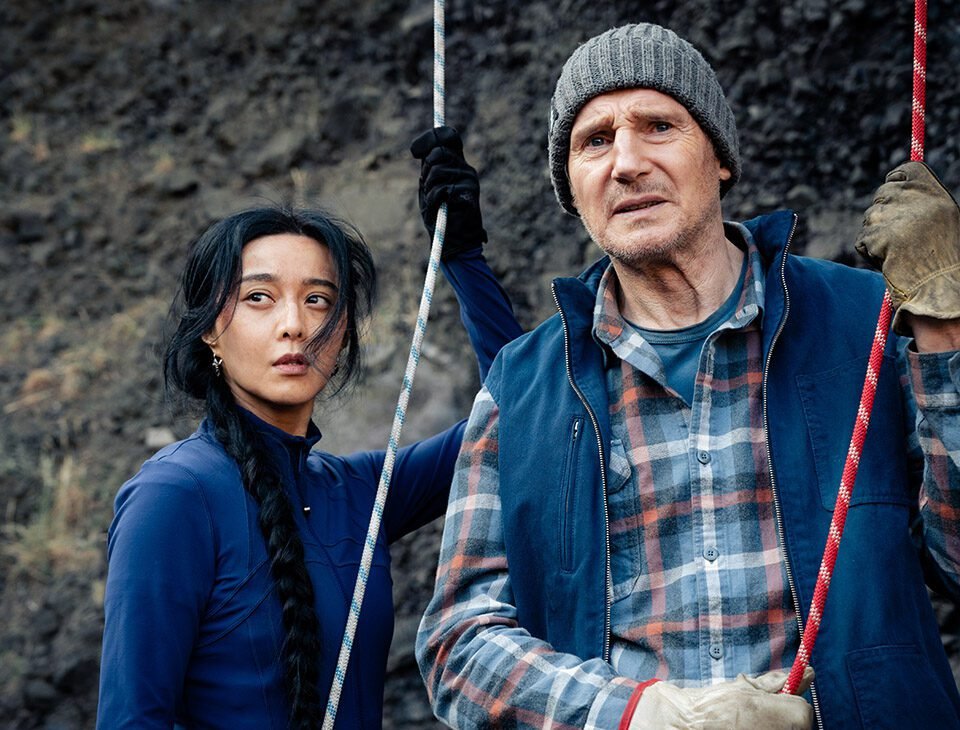


‘Dune: Part Two’ Review: Timothée Chalamet and Zendaya in Denis Villeneuve’s Gorgeous but Limited Sequel
February 27, 2024


‘Langue Étrangère’ Review: A Tough and Tender Romance Between Two Teen Girls Finding Each Other in Translation
February 28, 2024Genre auteurs Veronika Franz and Severin Fiala’s third feature explores in unflinching detail a dark footnote in early modern European history.
The Devil’s Bath
Not horror but still plenty horrific.
Austrian filmmaking duo Veronika Franz and Severin Fiala seemingly never met a remote woodland setting that didn’t feel like the right place to strand a traumatized woman. Following Goodnight Mommy (the chilling 2014 original, not the limp American remake) and their English language debut The Lodge, they inch away from horror without relinquishing the unsettling atmosphere or taste for the macabre in their intense character study, The Devil’s Bath (Des Teufels Bad). While it’s punishingly grim and has some pacing issues, this is a gripping psychological study by directors operating with formidable command.
Produced by Ulrich Seidl, the film was acquired ahead of its Berlin competition premiere by Shudder for North America and other key territories and is slated for a summer release.
Victims for the most part were children, prompted by the profoundly messed-up Catholic reasoning that their souls were still pure, so their killers were almost doing them a favor by sending them to heaven before they could sin.
The writer-directors remove any doubt about where their story is headed by plastering a quote up front: “As my troubles left me weary of this life, it came to me to commit a murder.” An unsettling prologue shows one woman taking that desperate course of action with a baby at a waterfall in the rocky forests of Upper Austria, before walking through dense mist to the local authorities to declare: “I’ve committed a crime.”
The lingering after-effects of that infanticide remain in plain sight as a gruesome warning when the deeply religious young protagonist, Agnes (Anja Plaschg), marries and moves to an austere stone cottage in the area.
Agnes’ unhappiness isn’t helped by the constant presence of Wolf’s overbearing mother (Maria Hofstatter), who criticizes almost everything her daughter-in-law does from the outset. That goes for her efforts to pitch in with the fishing haul, her organization of the kitchen or her habit of wandering off into the woods for hours instead of being at home to look after the goats and chickens and cook her husband’s dinner.
When the sour crone spots a vase of foliage Agnes has gathered, she tells her: “Throw this rubbish out.” She has no use for anything that’s not strictly utilitarian, making Agnes seem ethereal and out of place as she arranges her collection of dead insects or turns her face toward a patch of sunlight as a butterfly alights on her skin.
While she’s out in the woods Agnes is startled to find a grisly tableau with the corpse of the murderer from the prologue, seated in a chair, with most of her fingers and toes hacked off and her severed head sitting on a table alongside her. An illustration tacked to a tree describes the events that put her there. But as Agnes keeps returning to the site, her morbid fascination shows pity and perhaps a kind of kinship.





